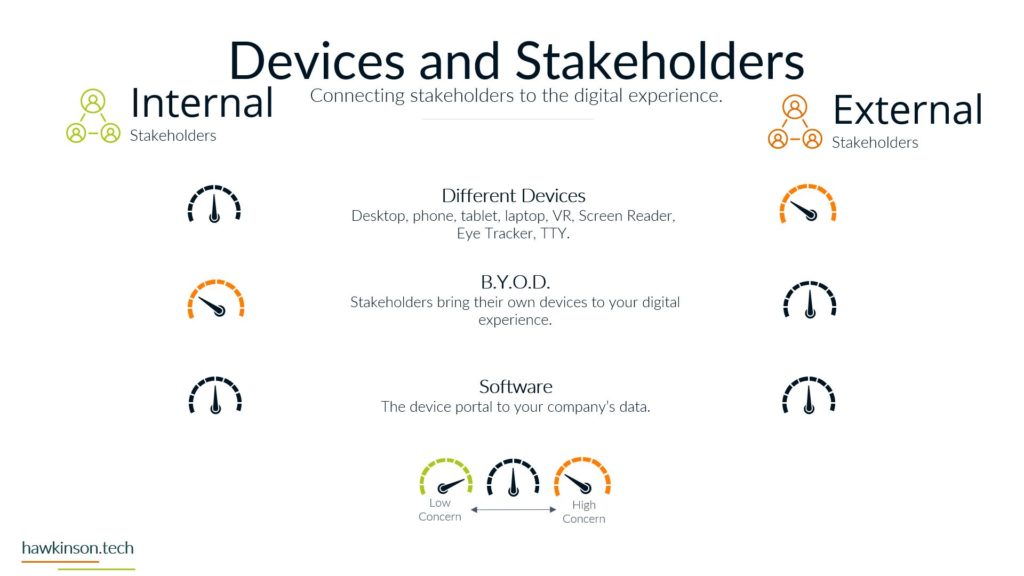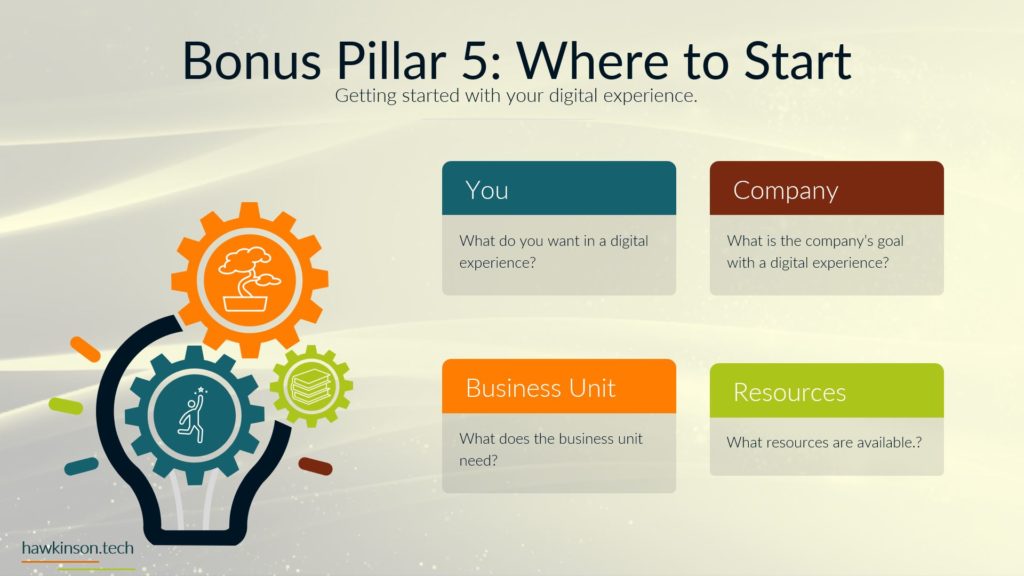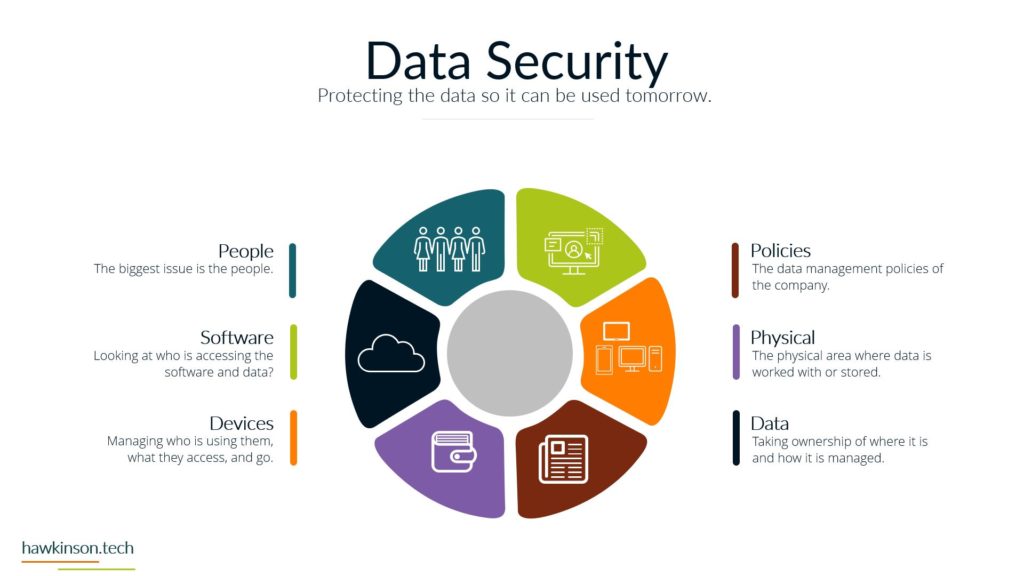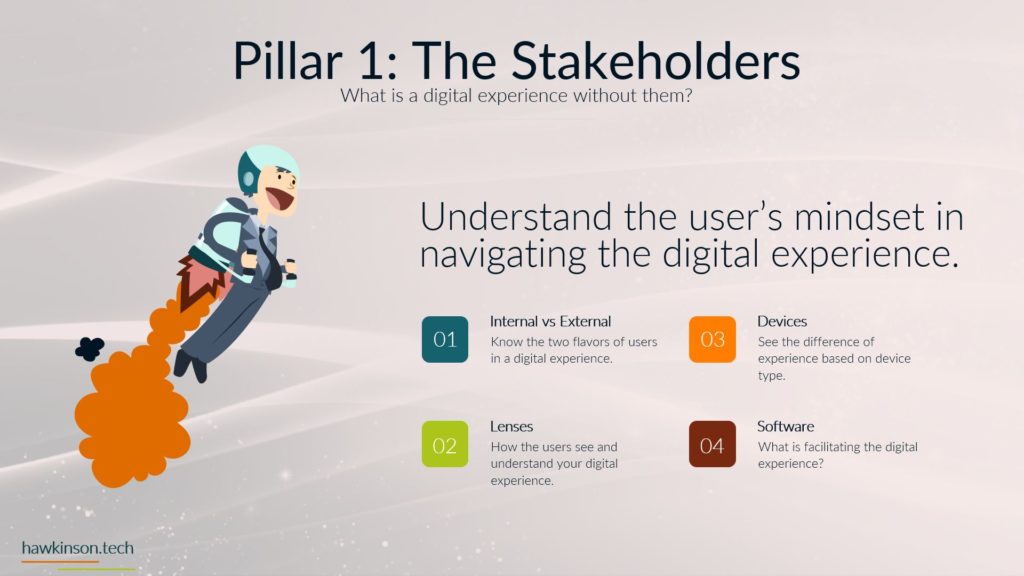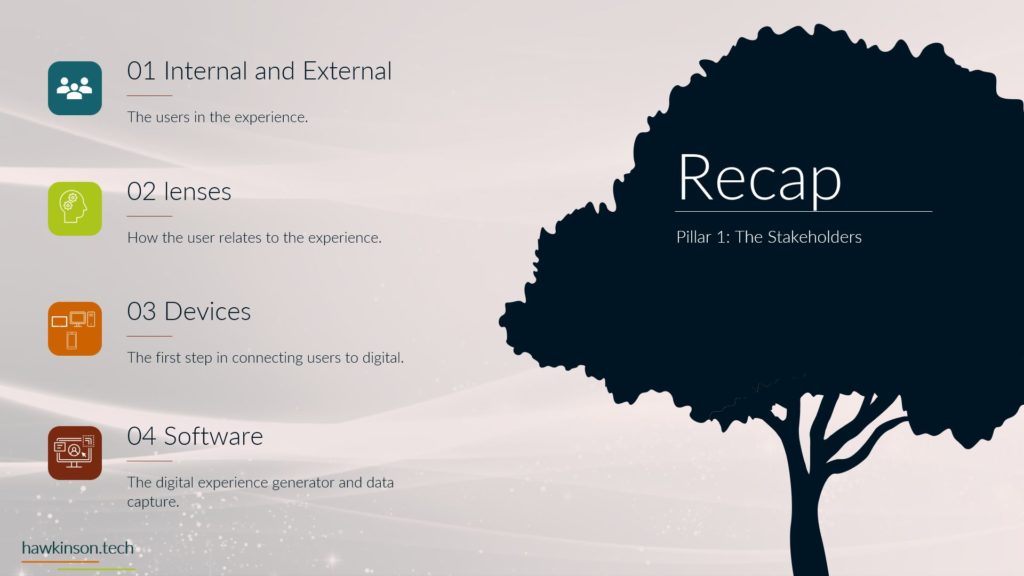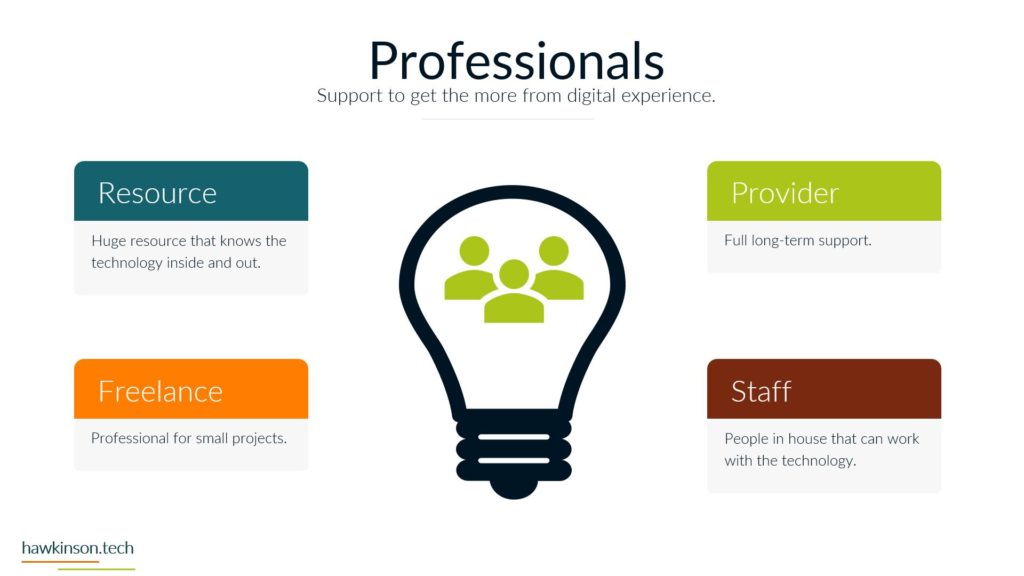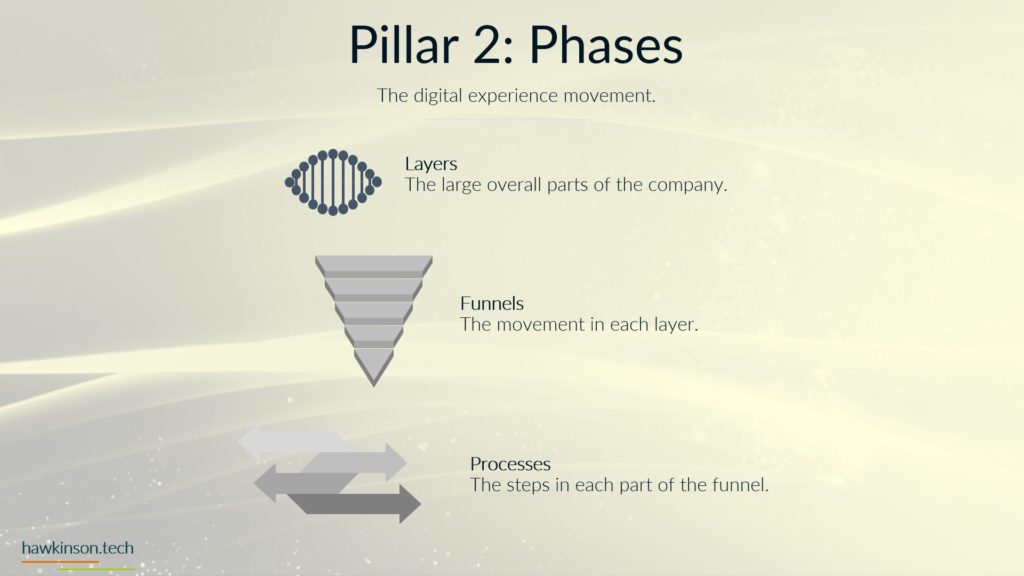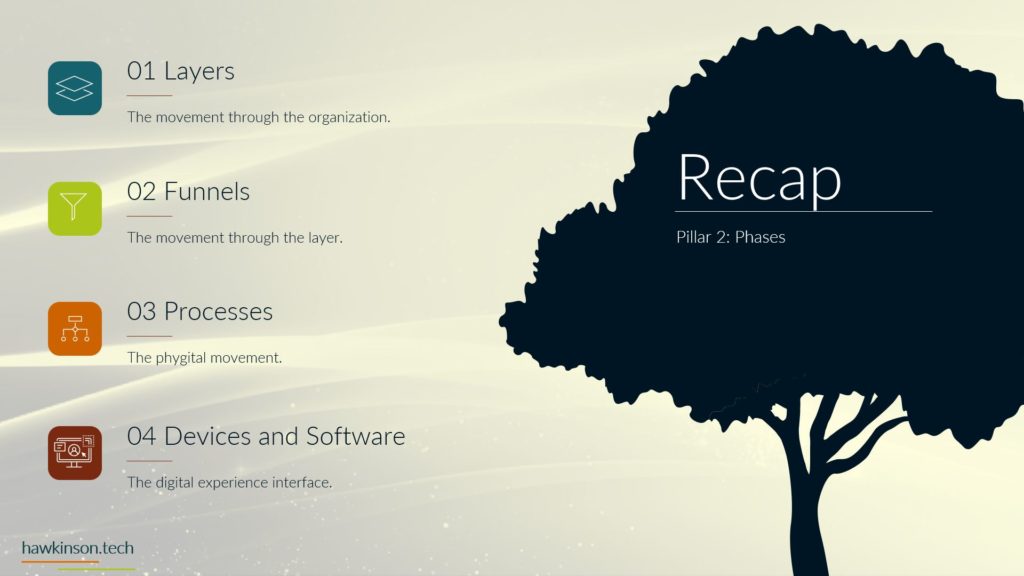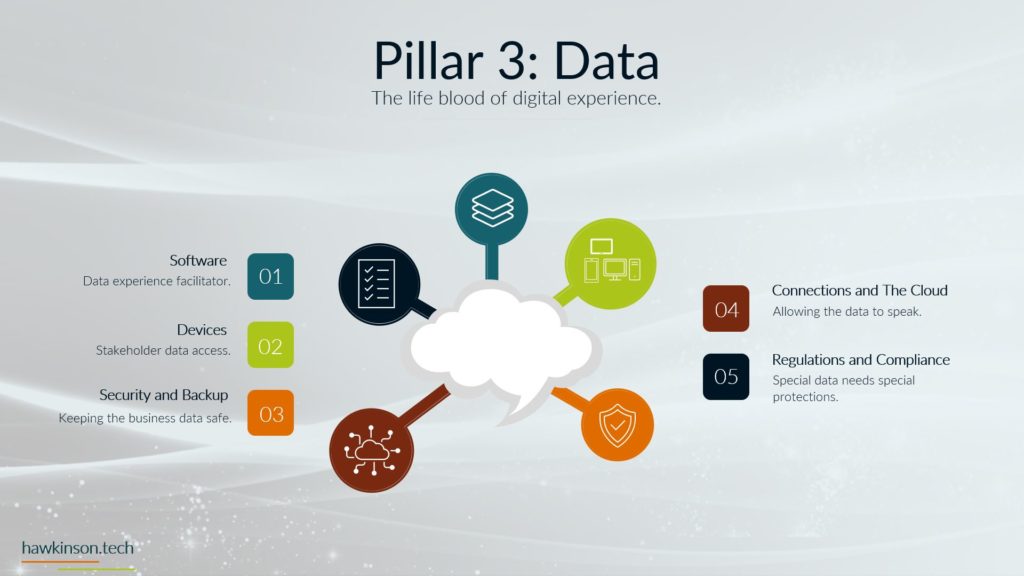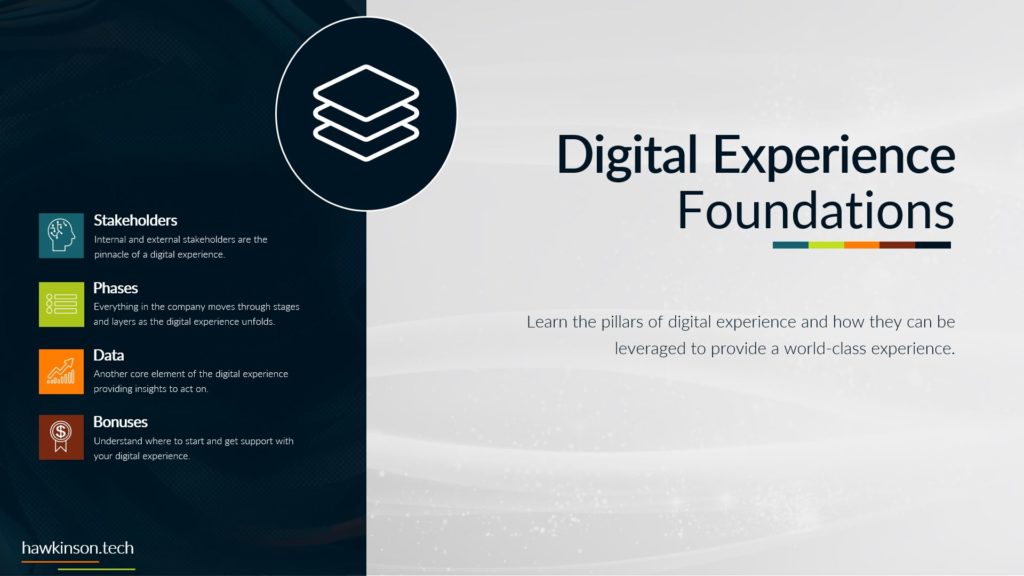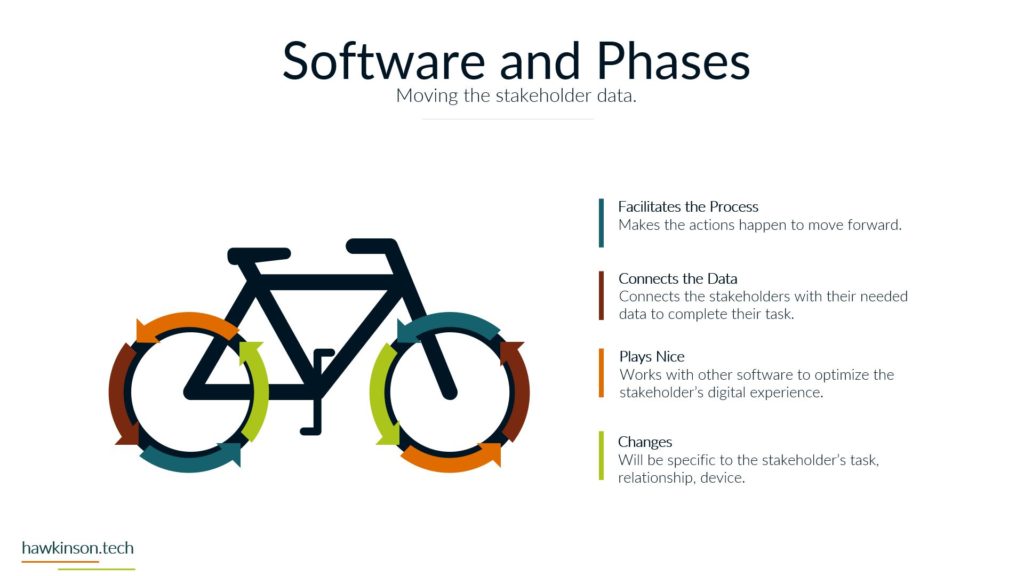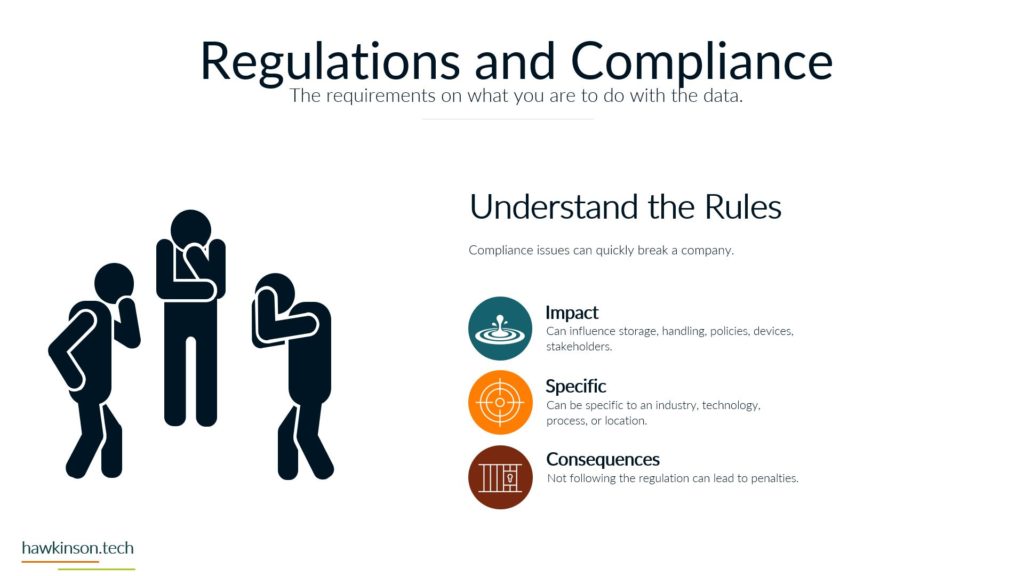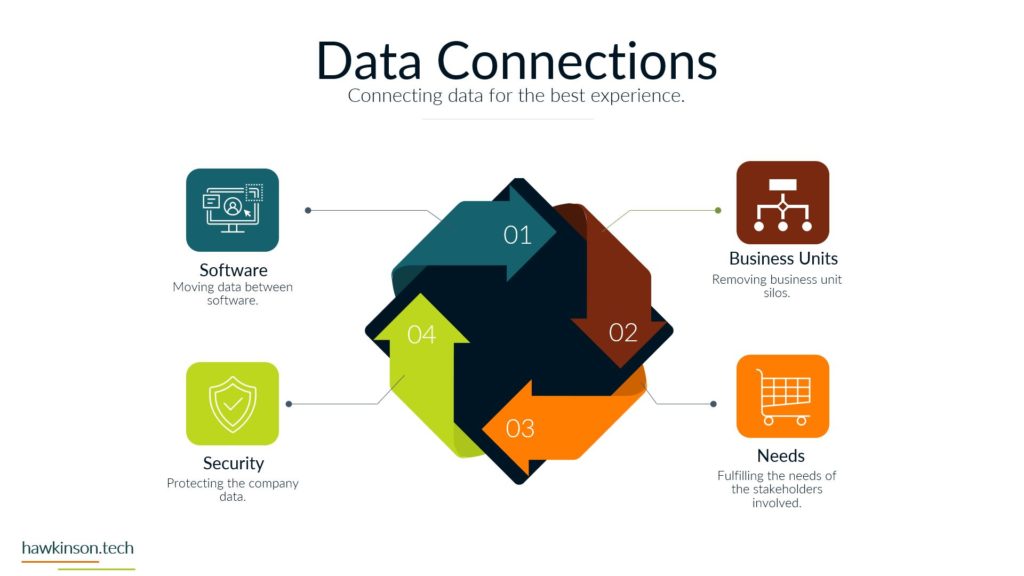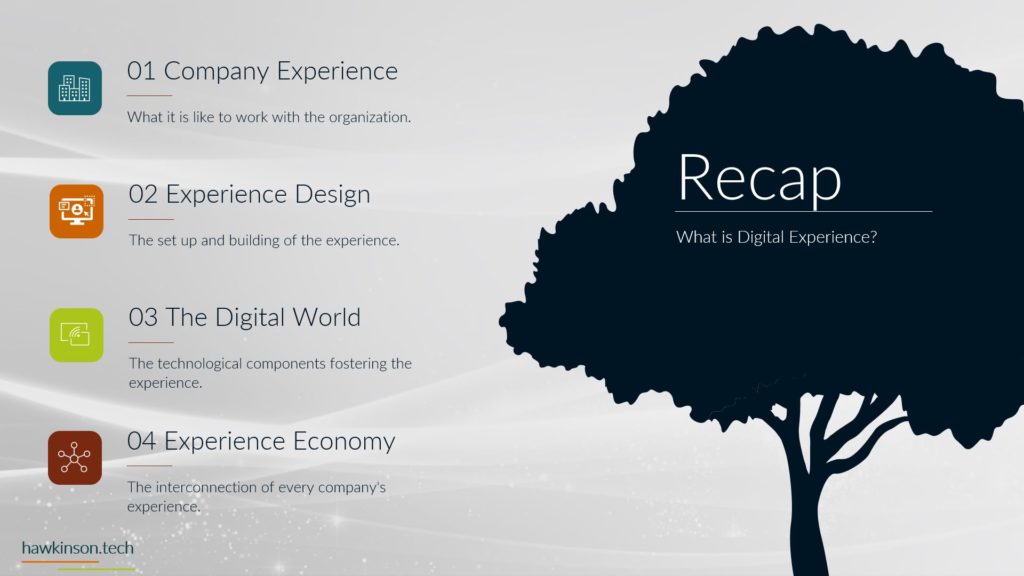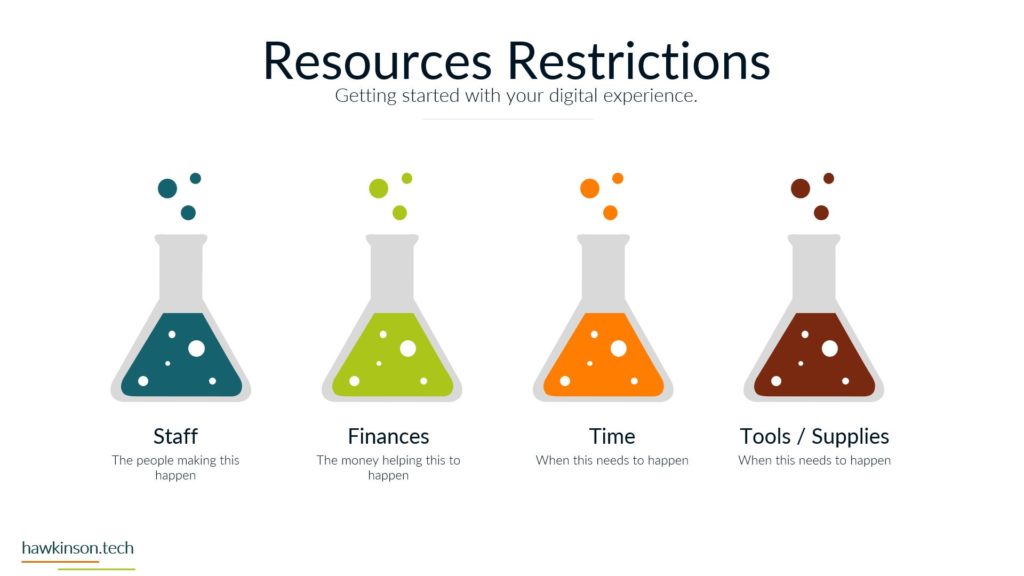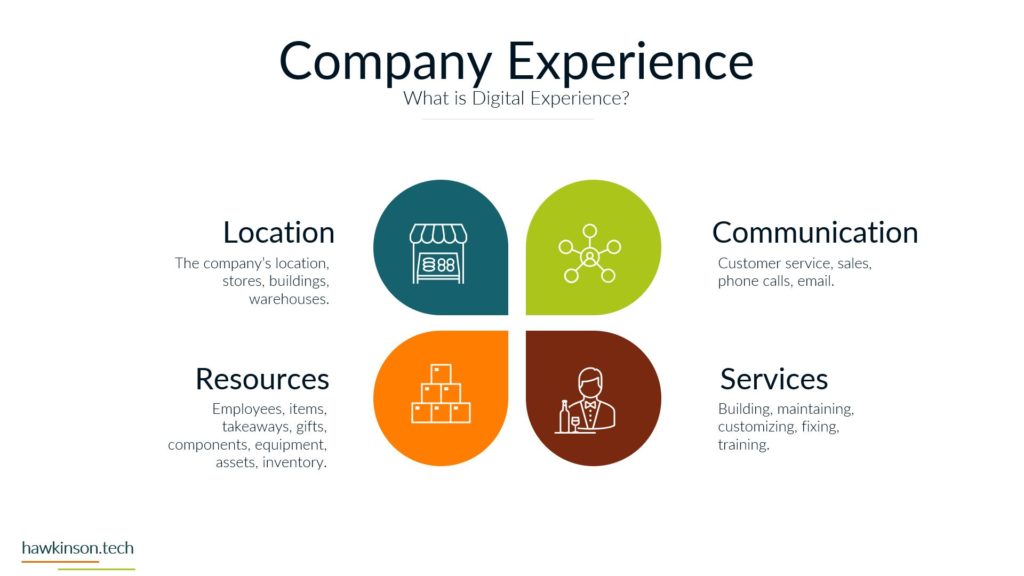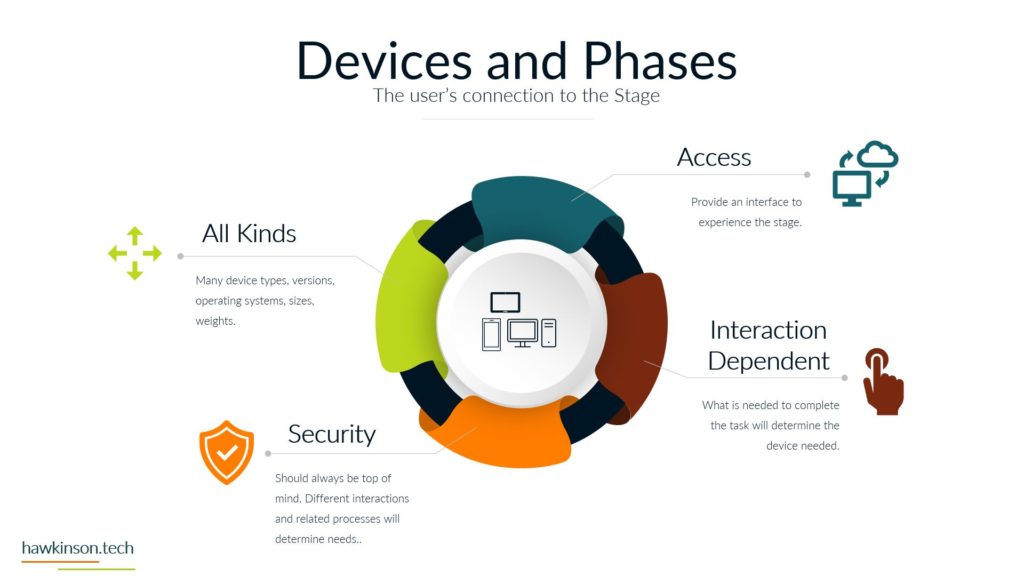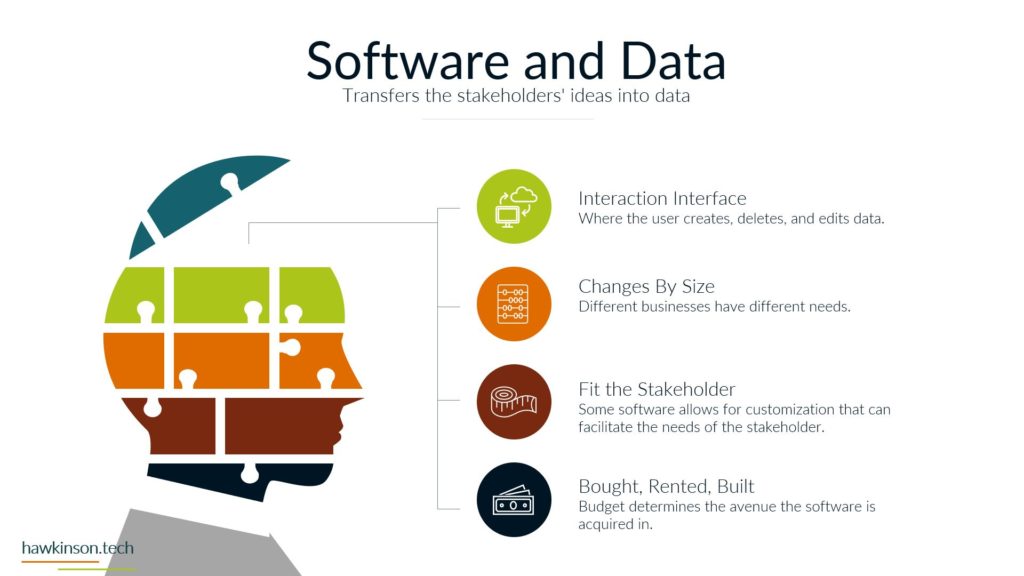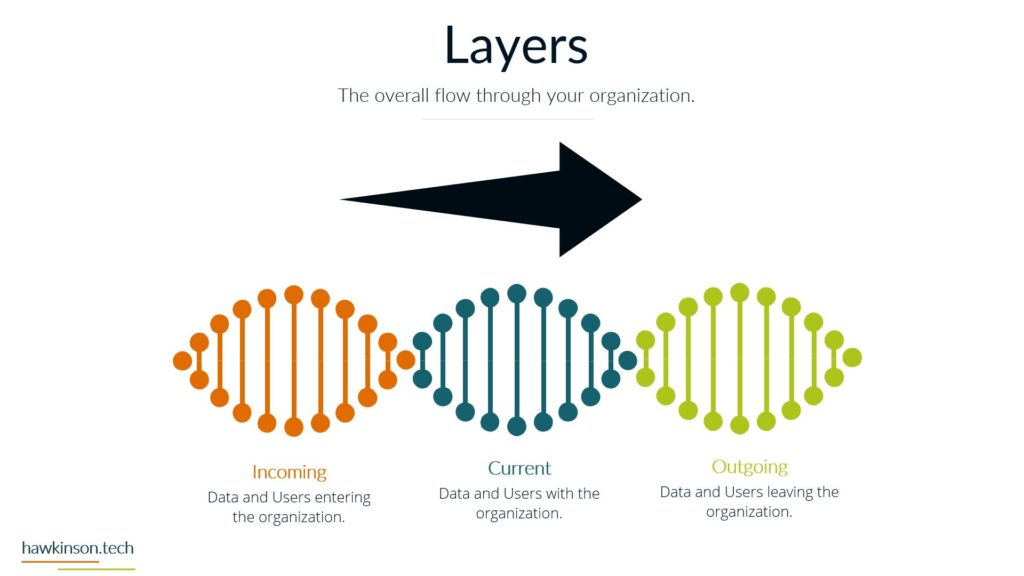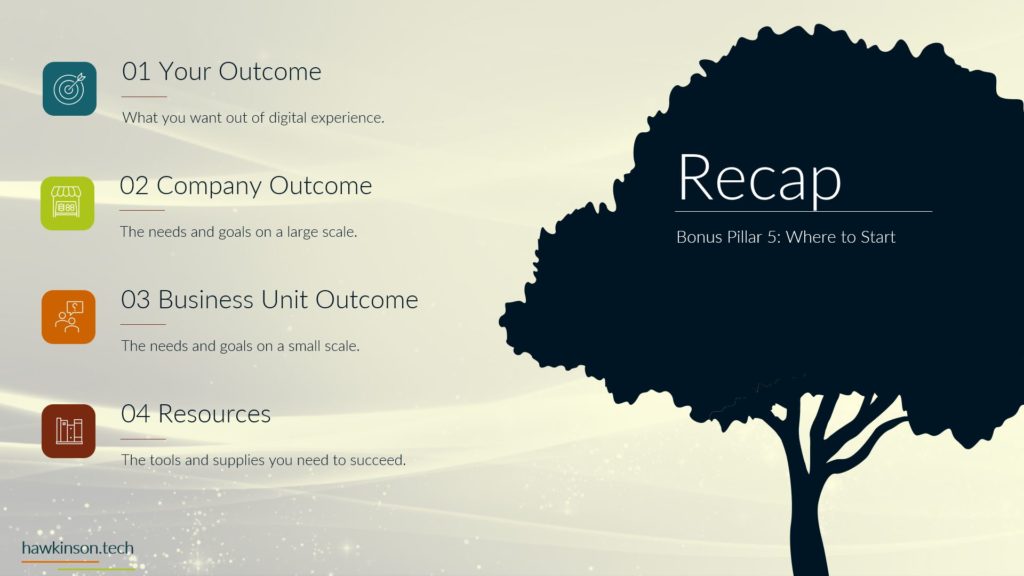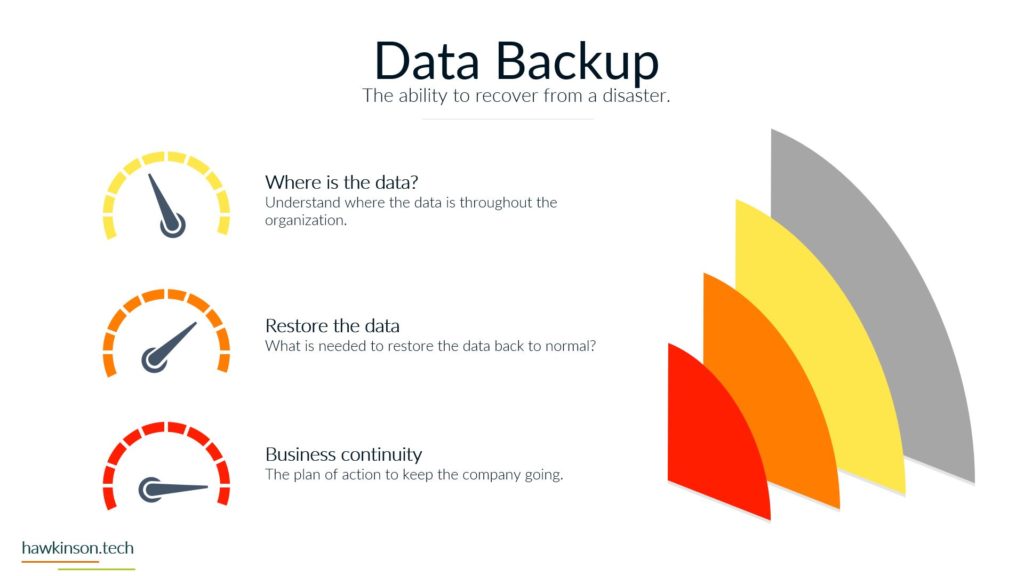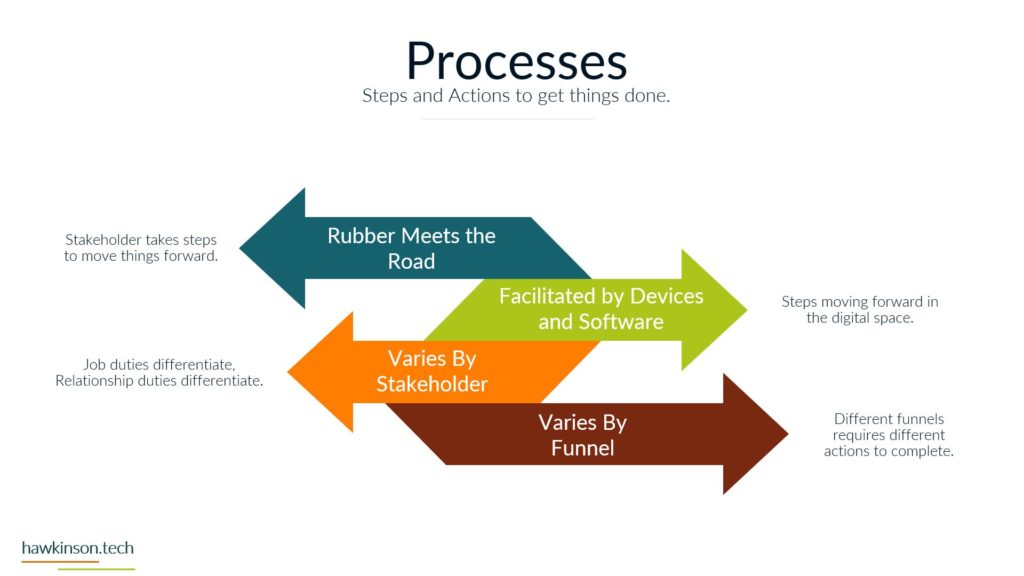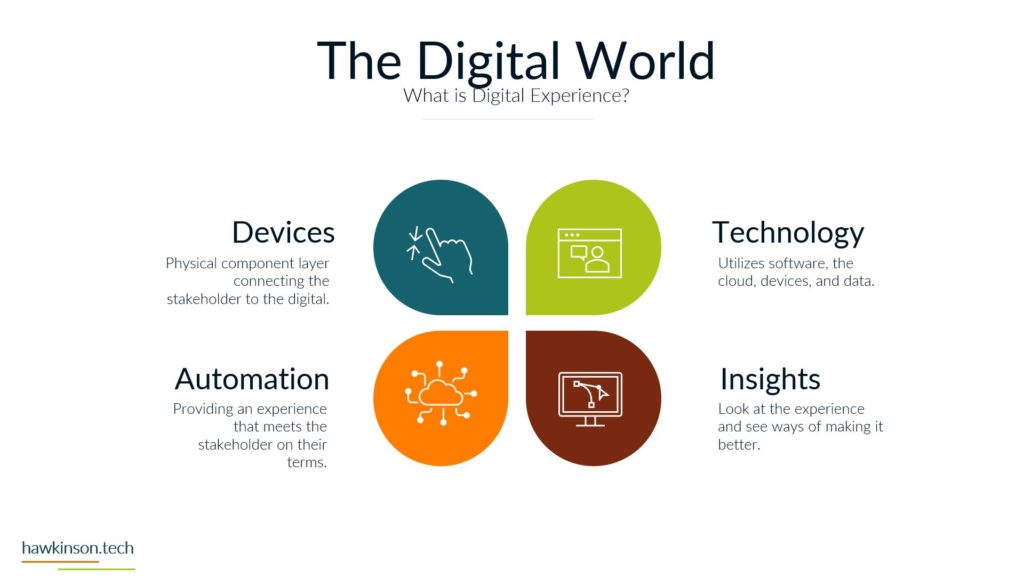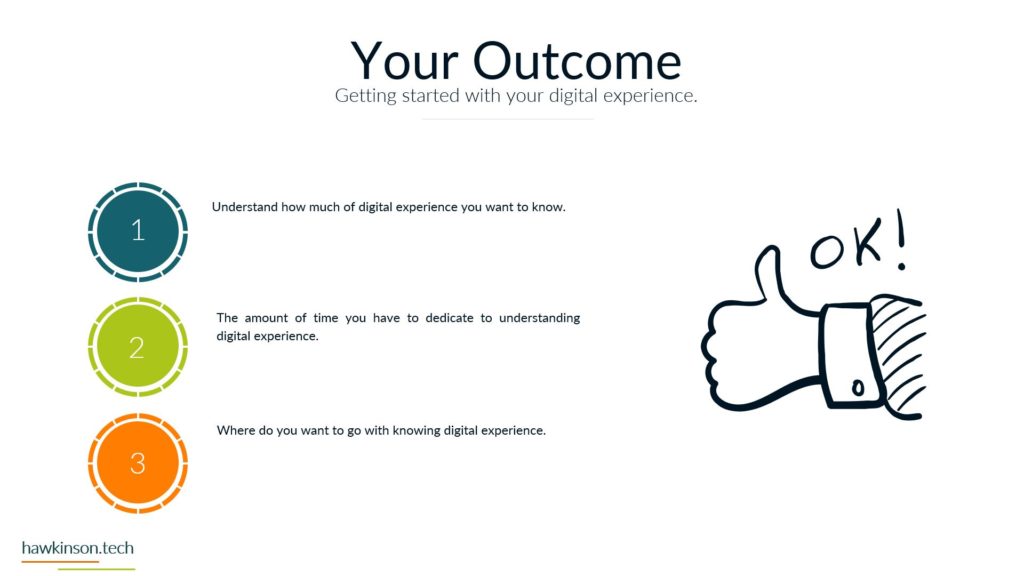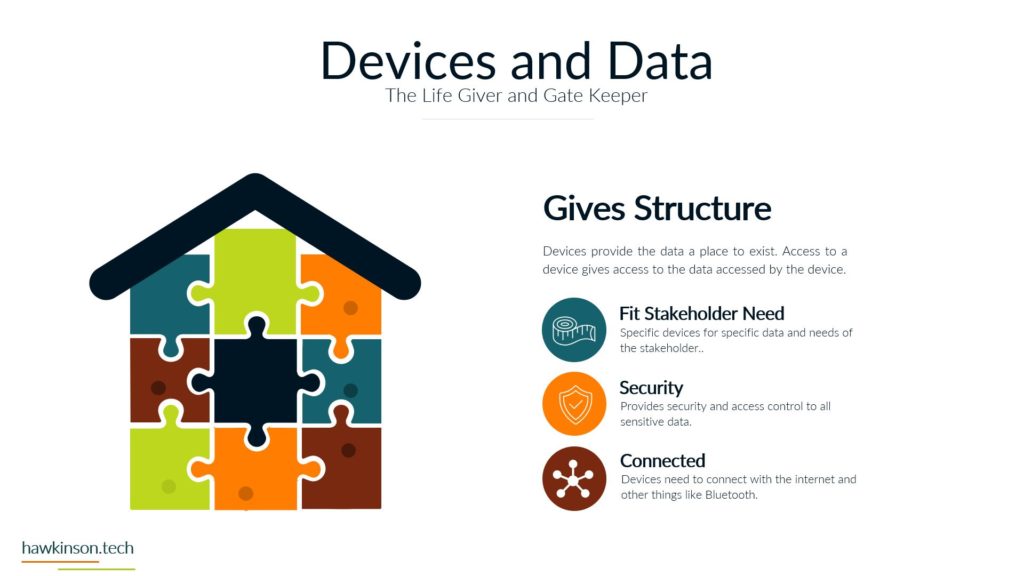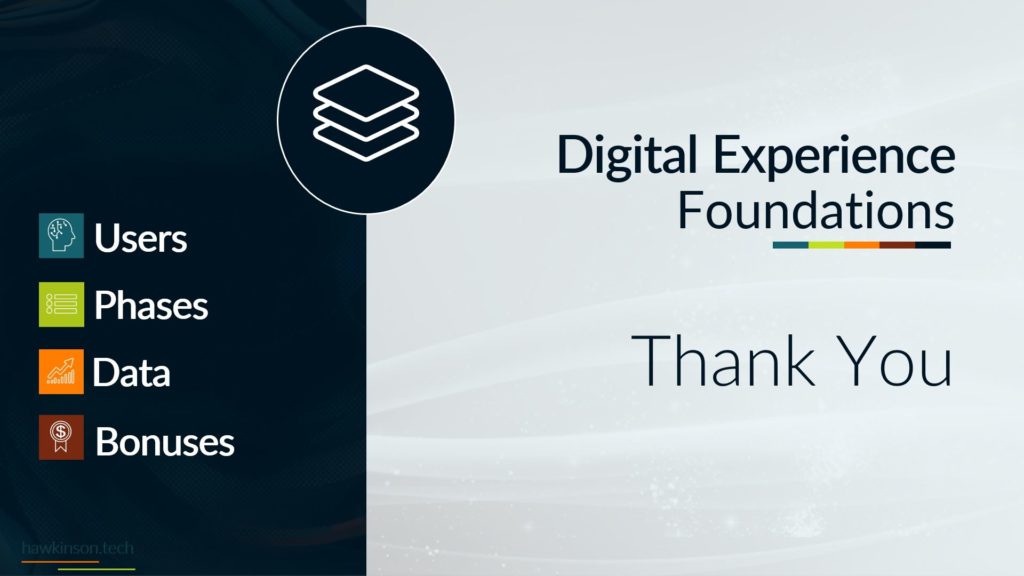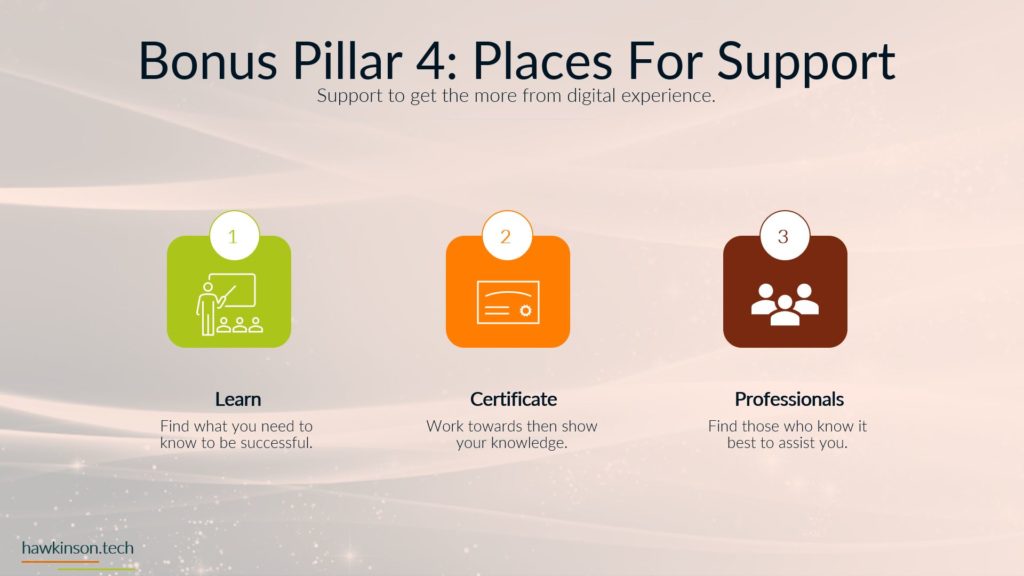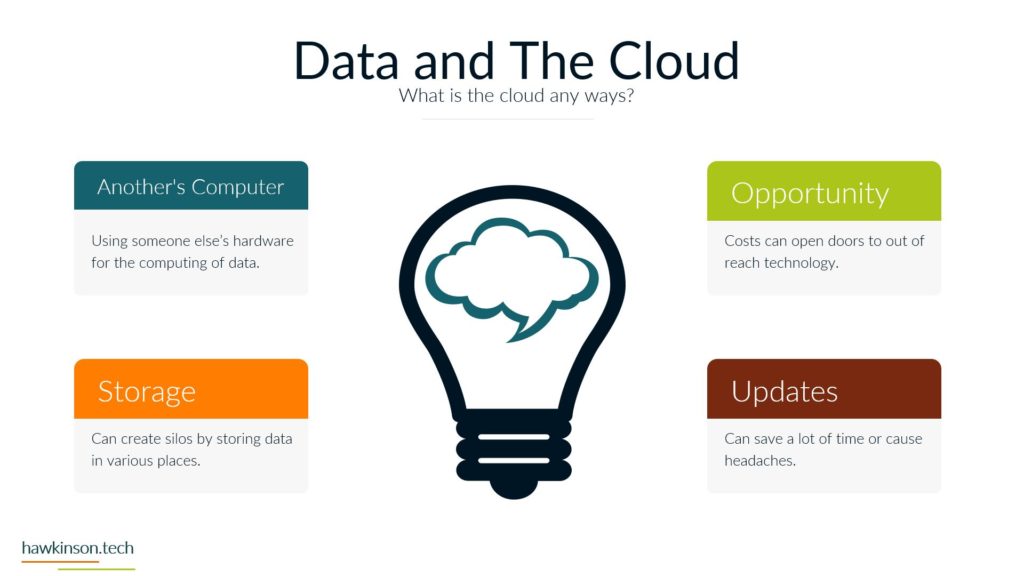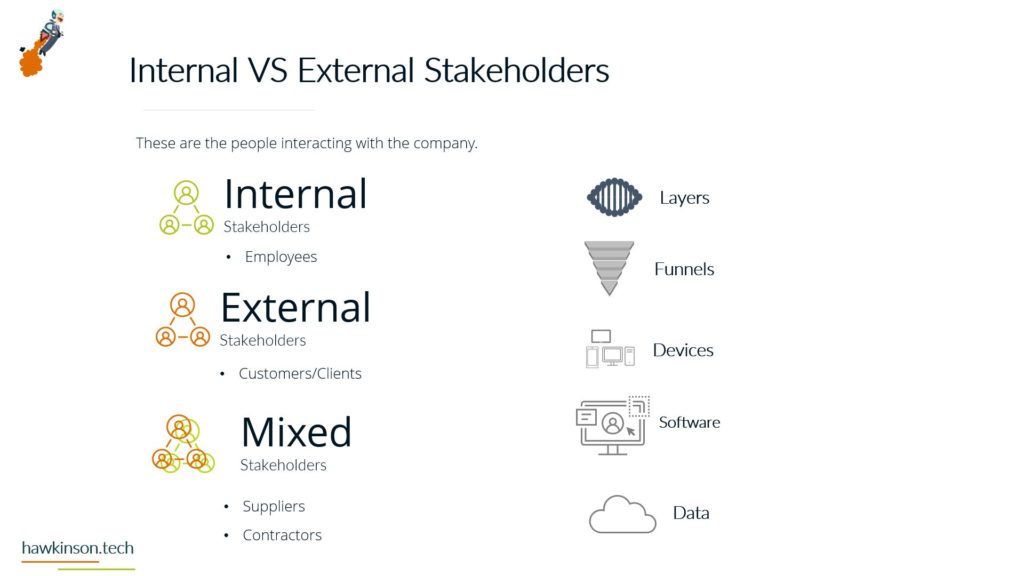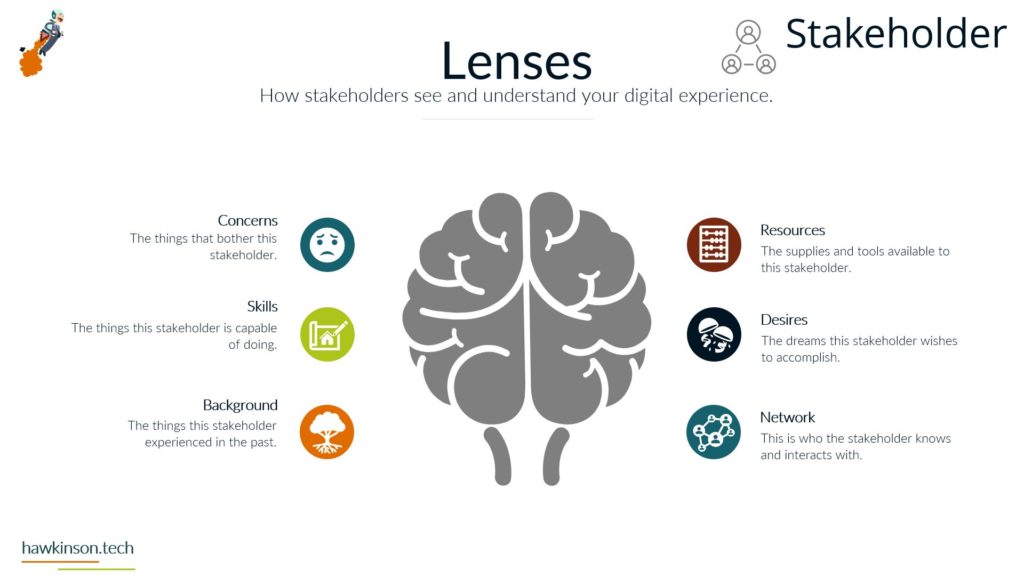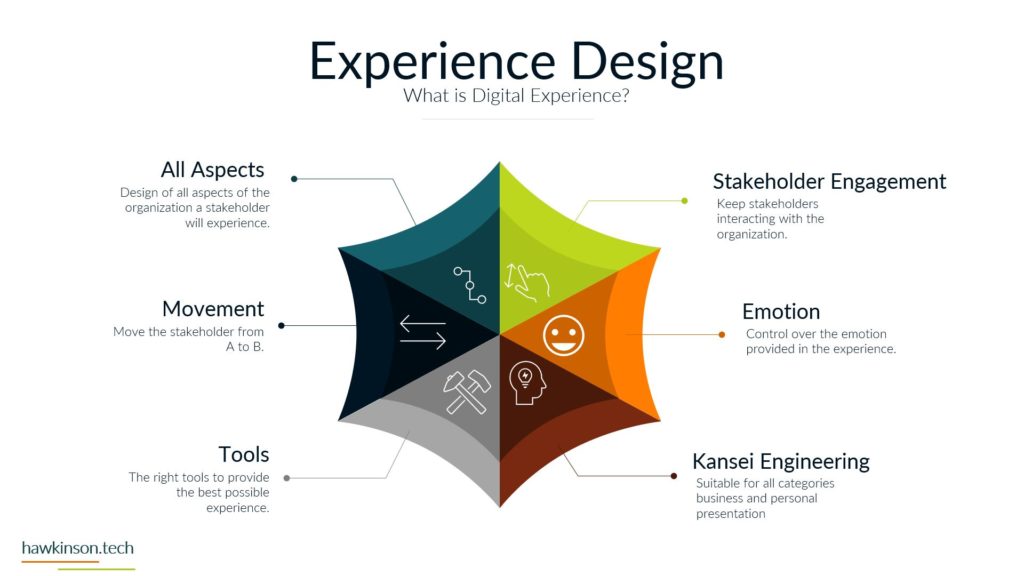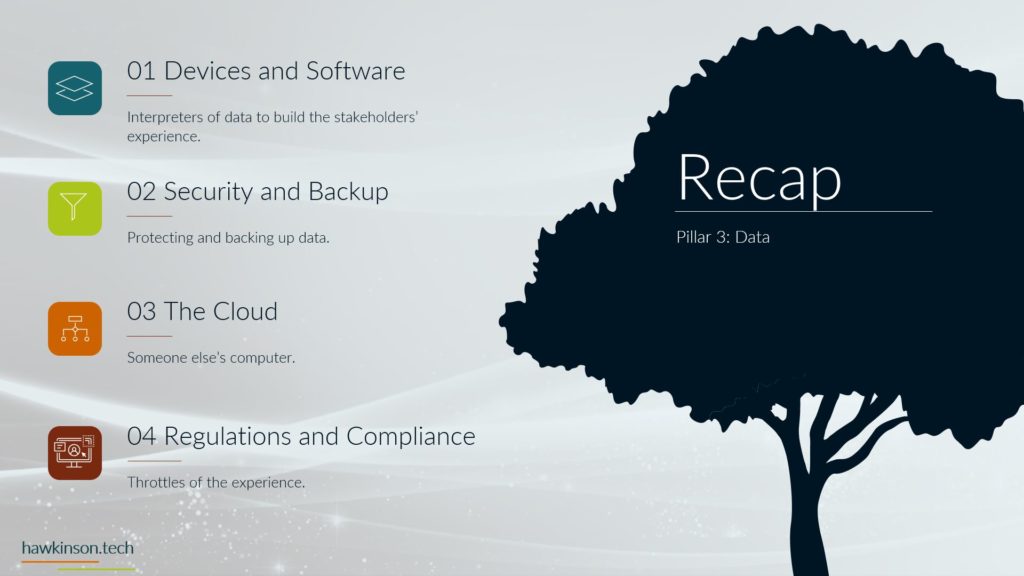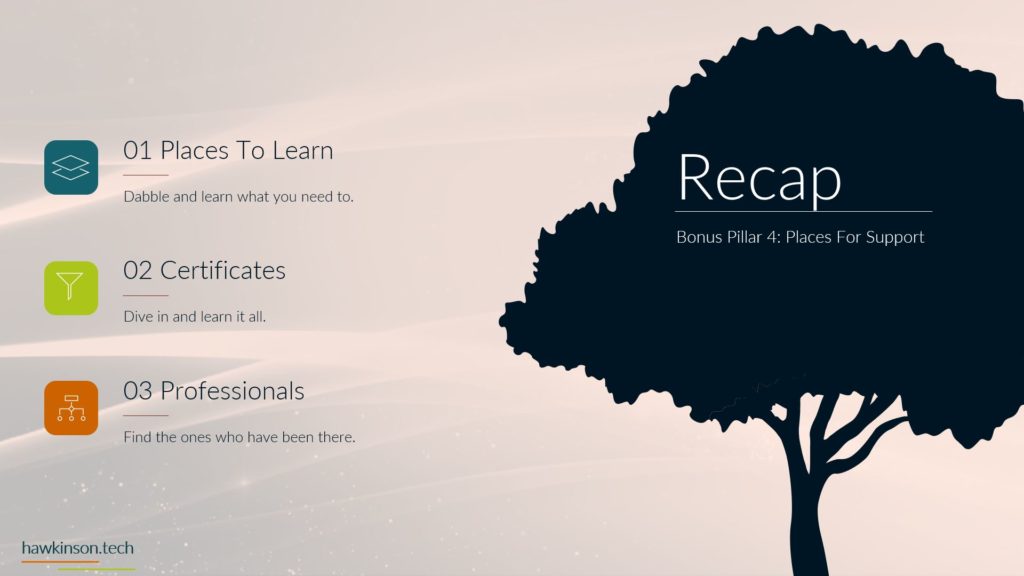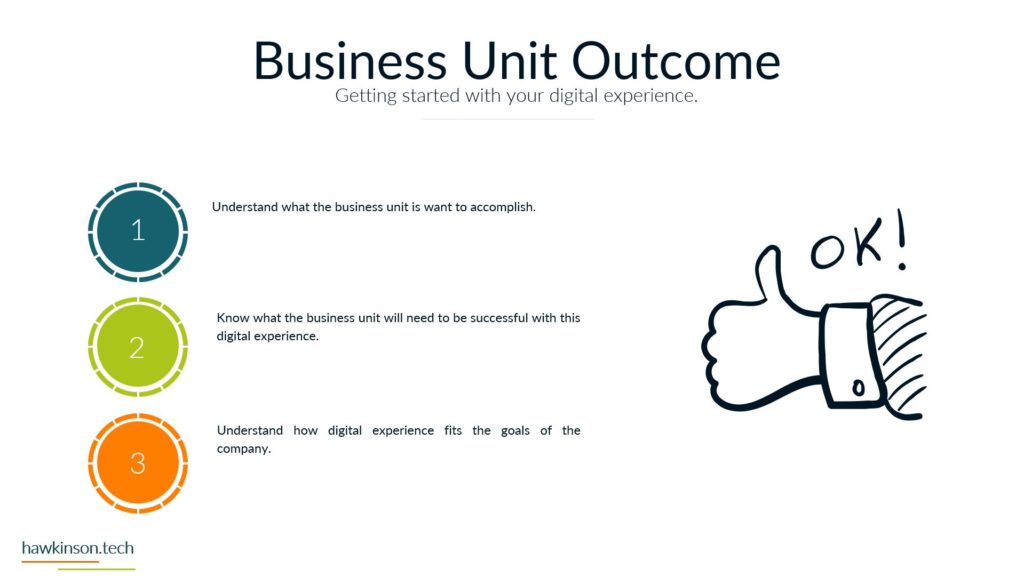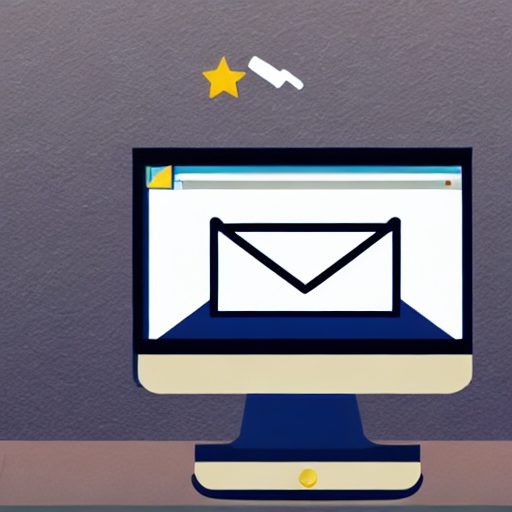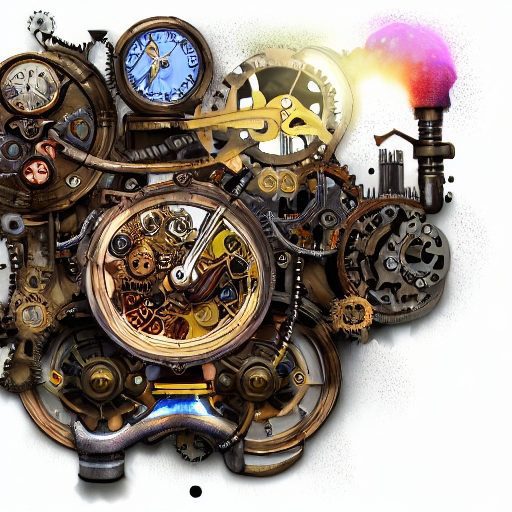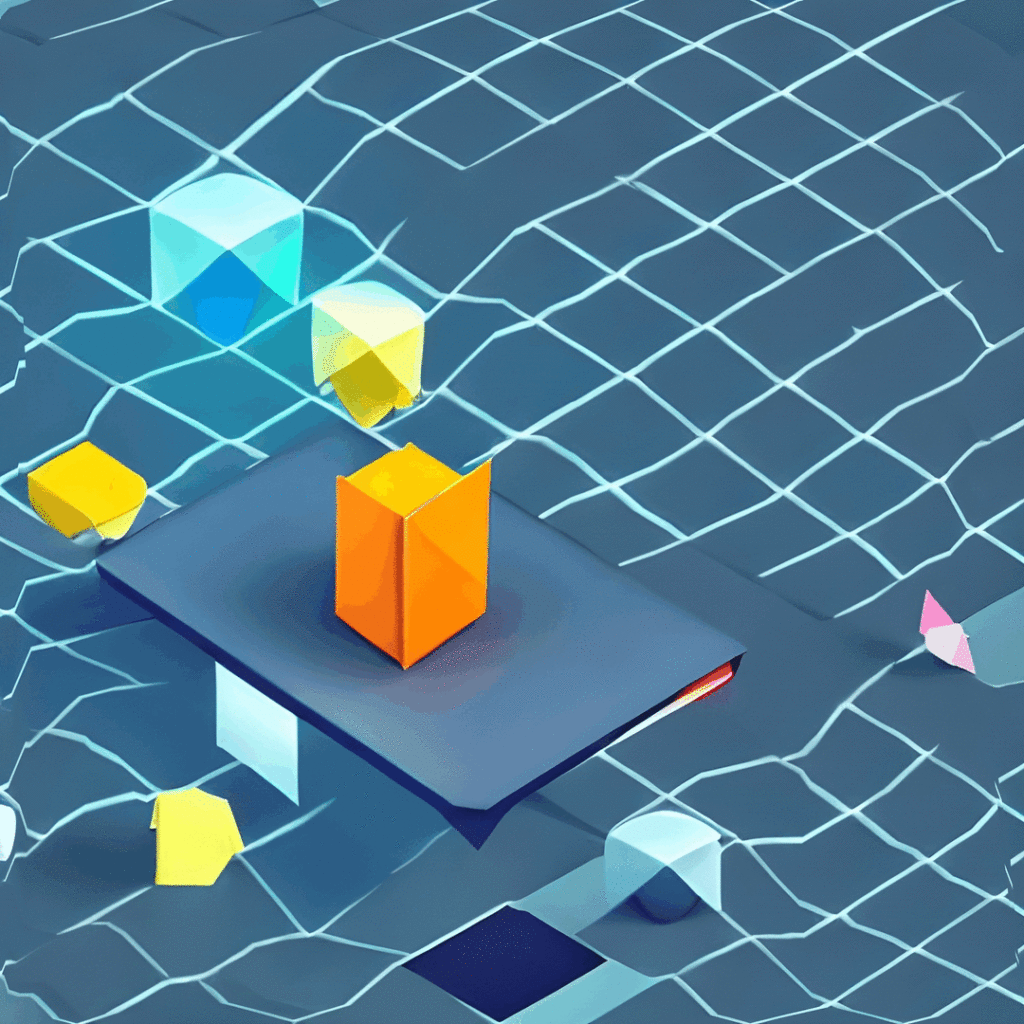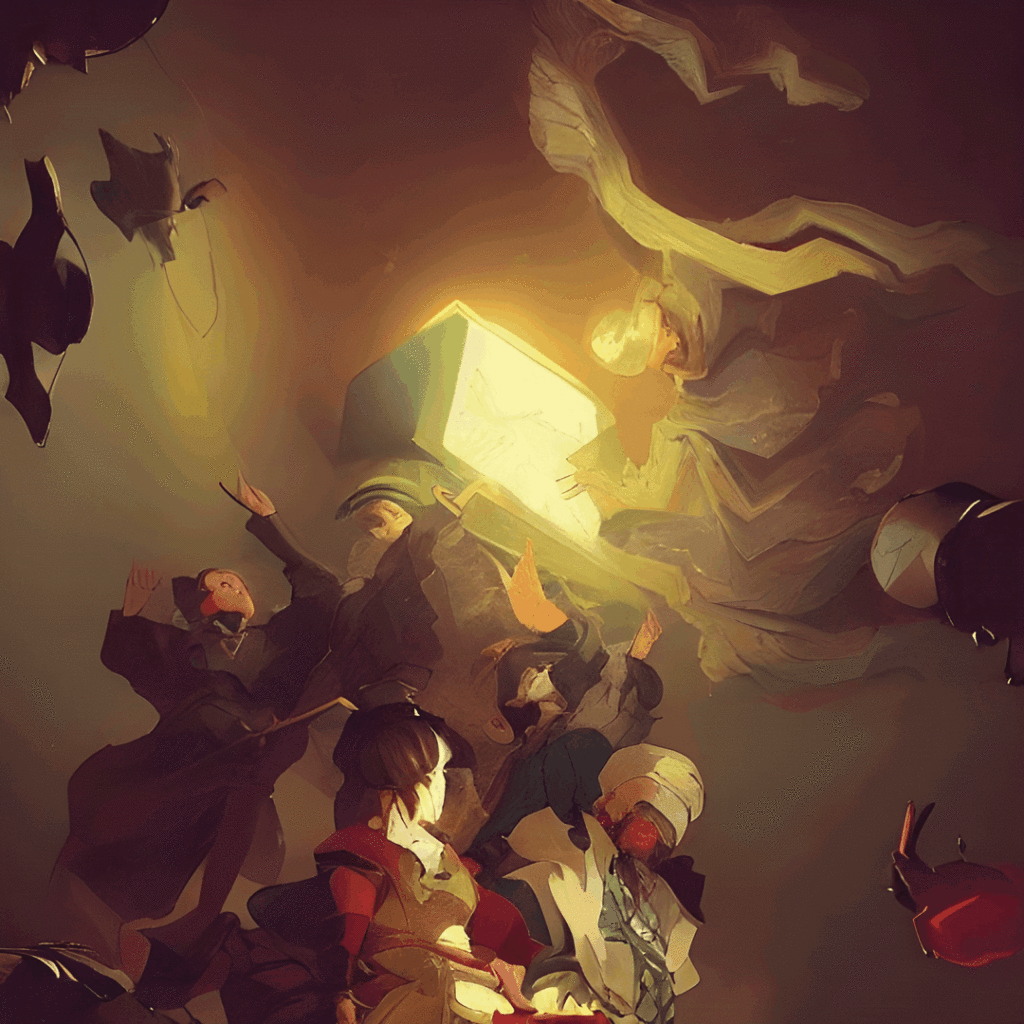This lesson covers the components of overall experience design as it pertains to building a digital experience.
Digital Experience | Intro To Course | Lesson 2 Experience Design
Follow Me Elsewhere:
Play Video
Play Video
Hey, everyone. Now that we have talked about some aspects of the company experience and what that means and how we would apply a little bit of digital to it and at least have a good foundation for what we can apply to. Let’s look at the experience design. So experience design is when we’re actually going in looking at the different components of the company or the organization and configuring. And to fit the results that we want them to produce. So this means going in and doing things like making sure customer service is operating the way we want to. So the first part of experience design that you should be aware of is that it’s going to cover all aspects of the company. I mean, there’s just about everything with your company, you can customize and design to fit the experience that you want to. I mean, if you wanted to go through, you can design shirts that fit your company. You can design essentially other kinds of memorabilia, especially with the different types of printing sources that are out there. Opens up all kinds of doors where you don’t have to buy things in bulk if you don’t want to. So if you wanted to do like custom shoes and small amounts, you could make that happen. Outside of that, there’s even just the company itself, you know? So if you have technicians, let’s say, and understanding what it’s like, kind of like a day in the life of their shoes. And designing that accordingly, knowing that they have to do things like getting inventory and traveling to different locations, probably have purchase orders and tickets that they need to fill out internally to track their progress. That all leads to just the an experience. And so with experience design, we’re going through and looking at all the different components of the company, the way that they interconnect and producing the results and the experience that we want for the different stakeholders involved. So with that, the next part is stakeholder engagement. We want to make sure that people that are tied to the organization through some sort of relationship are consistently using that relationship. We want to keep employees engaged so that way we can have the best employee retention and make sure that we’re just fostering a very positive community within the organization. We also want to make sure that clients and customers are engaged, so that way they continue to purchase and continue to work with the organization. They start to feel some sort of disengagement or not really resonating with the organization. Then that can start to lead to churn by both internal and external stakeholders. So it’s making sure that we have that engagement, but that it’s also positive to, you know, if you have a company that is fostered on bullying right now, there’s going to be engagement, but it’s going to be a very negative type of engagement. So I just want to make sure that you’re producing the engagement that you want and that’s what this design allows you to do is you’re going through a designing your organization. You can start to build in those processes to to help influence the experience that you want to bring about. First, stakeholders that you interact with. The next part is emotion. See the big thing is people do a lot of things based on emotion. This you know can get to a whole neurological conversation of it, of talking about things like the HP, a access and the. Glove size versus you know frontal lobe size and just the way people think can start to look at you know their relationships or the way that society has shaped them so to speak. You know that nature versus nurture type argument. But nonetheless there’s emotion tied into this engagement. So even if somebody isn’t like a very emotional person there’s still aspects of emotion that are intriguing to them. I guess you could say we’re tying them into the organization and. Building out the experience of working with that organization. So with that we can look to make sure that we’re kind of controlling that emotion. So for example, if we know that there is a point in the organization that there may be some sort of delivery process and it gets frustrating for users, then we can look to diminish that frustration just because when somebody you know, if they recognize that they’ve had that frustration even if they’re, you know, very logical thinker that could come across. That has some sort of disorganization and then also be justification for them to change their relationship. So I’m going to make sure that we’re providing the experience of an emotion that we want to provide and we can design that in and have a bit more control over it than we can influence that emotion a bit more in the way that we want to. One thing to look at with emotion and tied into experience design is consi engineering. Console engineering is an amazing field that is focused on. Designing a motion into products. Mazda is actually a huge fan of Kansai Engineering. This is going through and looking at you know, say a physical product and understanding the components of that physical product and the way that people use it, the feelings that they get from it. And that feeling can come from the texture of the handle, the color of an item, the material that the item is made out of. But one thing too is it can also come into the different steps that somebody has to take. So if you kind of look at. Don’t say engineering with an app or website or your business and understanding what it actually takes to accomplish something and the steps somebody has to take in order to fulfill that experience, that also plays into things like their emotion. And if they’re having to take a lot of steps in order to complete something, and those steps are taking a lot of energy to make that happen, well, then people start to get tired and that starts to wear them out, which then starts to create other emotions. And really. Starts to impact their experience with the organization. So Kansas Engineering is a great tool and resource to learn as you’re going through and designing this experience for your organization. Next thing and experience design is tools and understanding the different tools and resources that are available in order to produce this experience. So what that looks like is making sure that we have the right software in place to move the proper data. If it. If we’re not talking about a digital side, then that can be making sure that the things people need to be successful in their job are provided to them. So if they need to have certain training. Materials, and they need to have physical tools that actually allow them to do things like say maybe a calculator or a shovel or a tractor. All of those things are then used in their experience with the organization. So I think about this for a second. If you were a construction company and you sent people into the field to just you shovels, that’s going to be a vastly different experience than if you went out and provided them a tractor. Same thing when it comes to building software, there’s different tools that can go into that experience. In order to build the software the best when it comes to marketing or looking at the users or the stakeholders and how they’re working with the organization, there’s different pieces of data that we can pull on that and that can be used to see kind of different crunch points. And so then those tools allow us to go in and make sure that we are providing the right tools or building the right experience. So it’s understanding kind of the tools and resources with your organization that you have now and the ones that you would need to build this experience. It is also a massive part of experience design. You don’t have the right tools and it’s very difficult to produce the experience that you want to. So the other big part of experience design is movement is as we’re designing this experience, we want to understand the way that we’re moving through. And that’s a very loose term because we can be referring to assets and items in the organization and how they move through the organization. We could be talking about these stakeholders themselves and how they move through the organization, talk about data finances, but essentially as we’re building the experience. We want to understand and remember that we are moving something from one place to another and we want to make sure that we provide the right tools, the right steps, put them in the right funnel and create the right emotion in order to foster that movement. And we also have to recognize that that movement is going to take into consideration different parts of the company. There’s not a whole lot like that’s necessarily. Isolated. I mean, even somebody that needs to get tools to complete a job is likely to have that understood by somebody in finances in regards to somebody determining how much of that tool they can get, what level of that tool that they might be able to get, which then impacts the experience, you know, and there’s all kinds of them, different interconnections of what can that tool do if it’s employed in this part of the organization and then how is that impacting people and items moving through the organization? So this is experience design and just another key component of building out our digital experience. So we consider all of these different components. As we go through and build this out, then we can make sure that we’re building a very cohesive inclusive experience that really resonates with the stakeholders involved in the organization. So next, let’s move on to the digital world.
Related Content
More Content
Email marketing tools and software have become the new norm for all businesses today. Here are the essential qualities you should look for in your chosen tool!
In this guide, we will delve into the importance of email marketing in real estate and why real estate agents need to consider email marketing to reach clients.
Privacy policies have become integral for website development and help keep user privacy safe. Read here to find out about the top WordPress compliance plugins.
Read here to learn more about the world of email marketing, the email marketing definition, types of email marketing, its key concepts, benefits, and more.
Discover five free tools that will take your email marketing campaigns to the next level. From AI-powered personalization to deliverability tools, these platforms offer features to optimize your email content, improve deliverability, and increase engagement. Whether
Video for the 5 Step Personal Branding and SEO Action Plan how to guide.
A funnel builder is a piece of software or a platform that helps develop and manage sales funnels for organizations and marketers. A funnel builder frequently includes various features and tools, such as drag-and-drop editors, pre-built
Email marketing offers businesses increased reach and engagement, making it a powerful tool for driving growth. With email campaigns, businesses can reach a wide audience globally, achieve higher open and click-through rates, and personalize their messages
